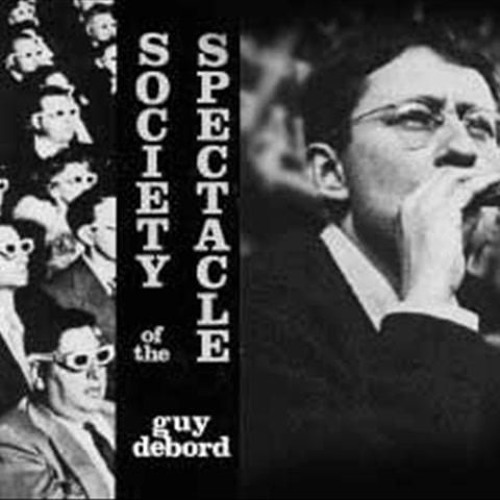


The concept of the spectacle unifies and explains a great diversity of apparent phenomena.

In this regard, Debord’s tenth thesis becomes paramount: It renders commensurate not only the distinctions between production and consumption, monopoly and competition, use-value and exchange-value, but also class distinctions, leaving in their wake personifications, representations, appearances or images of its own movement. If then the spectacle is a totality of social relations mediated by appearances within the capitalist mode of production, it is a concept that works only at the level of society as a whole: a justification for one of its moments is a justification for its entirety.įor Debord, it is the reigning identity of production and consumption, of work and leisure, of culture and commodity, of state and economy, of ideology and the material environment. The preliminary clue is in the very title of the book: it is a society of the spectacle, rather than a set of individuated spectacles. Instead, the concept of the spectacle refers to a principle of inner organization that respects a seemingly endless diversity of social phenomena. Yet as his films and autobiographies can attest, Debord held no grudge against images per se. The former misnomer gains traction with the frequently and cynically bemoaned dissemination of images themselves, exemplified for instance in the advertising and entertainment industries. It is often forgotten that the society of the spectacle is less a critical theory of appearances than it is a theory of the organization of appearances. Yet if the tropes surrounding Debord’s diagnosis have faded into the background with recent scholarship, we might inquire whether a critical theory of capitalist society that lays emphasis on a unique form of social domination by images, representations and appearances, might offer some coherence within such incoherent times. It is in these moments that it would seem odd to return to and assess the legacy of Guy Debord’s 1967 The Society of the Spectacle. When each new day brings with it a new disaster, the horror lies in the rhythm with which we are acclimated, without time or reflection, to a new ordinary of social amnesia.

At a time of so much change, a critical theory of society is confronted by the challenge of a moving target.


 0 kommentar(er)
0 kommentar(er)
